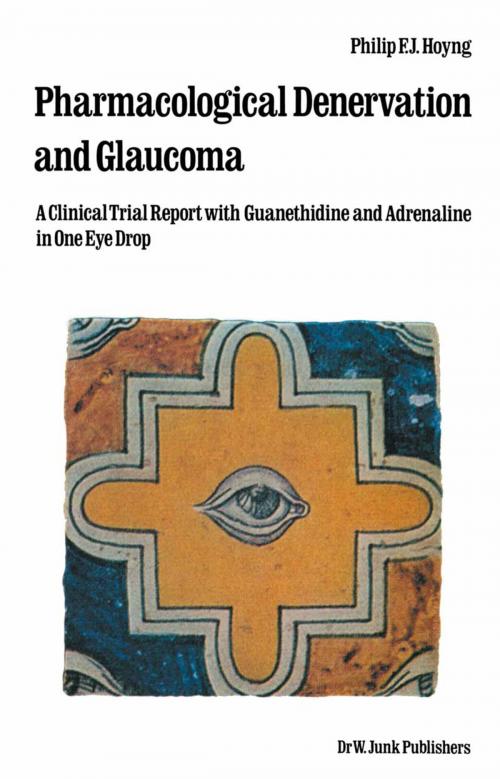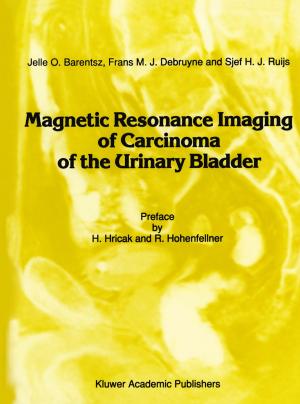Pharmacological Denervation and Glaucoma
A Clinical Trial Report with Guanethidine and Adrenaline in One Eye Drop
Nonfiction, Health & Well Being, Medical, Specialties, Ophthalmology| Author: | Ph.F.J. Hoyng | ISBN: | 9789400986749 |
| Publisher: | Springer Netherlands | Publication: | December 6, 2012 |
| Imprint: | Springer | Language: | English |
| Author: | Ph.F.J. Hoyng |
| ISBN: | 9789400986749 |
| Publisher: | Springer Netherlands |
| Publication: | December 6, 2012 |
| Imprint: | Springer |
| Language: | English |
Glaucoma simplex or open angle glaucoma is a slow, progressive illness with an insidious course which can lead to blindness. According to our con temporary state of knowledge, the illness begins with a decreased outflow of aqueous humor. This leads, sometimes after a period of decreased aqueous humor production due to a feedback mechanism, to an increase in intra ocular pressure (lOP). An elevated lOP can eventually lead to optic nerve damage, which manifests itself morphologically as glaucomatous papillary excavation and functionally in the development of a visual field defect. The classic triad of elevated lOP, papillary excavation and visual field defect, on which the diagnosis of glaucoma was also based in earlier times, is then pre sent. To this can now only be added that tonography usually shows a de crease in aqueous humor outflow and that gonioscopy must reveal an open angle. On the basis of statistical findings, Goldmann has calculated that there may be an interval of as long as 18 years between the initial increase in lOP and the development of visual field defects. This point of view (which has been confirmed in practice) that the onset of the illness can be demon strated by measurement of the lOP has introduced a new element into the discussion around glaucoma, namely, the concept of ocular hypertension. This implies simply that there is an (statistically) elevated intraocular pres sure, even though the optic nerve may not (yet) be damaged.
Glaucoma simplex or open angle glaucoma is a slow, progressive illness with an insidious course which can lead to blindness. According to our con temporary state of knowledge, the illness begins with a decreased outflow of aqueous humor. This leads, sometimes after a period of decreased aqueous humor production due to a feedback mechanism, to an increase in intra ocular pressure (lOP). An elevated lOP can eventually lead to optic nerve damage, which manifests itself morphologically as glaucomatous papillary excavation and functionally in the development of a visual field defect. The classic triad of elevated lOP, papillary excavation and visual field defect, on which the diagnosis of glaucoma was also based in earlier times, is then pre sent. To this can now only be added that tonography usually shows a de crease in aqueous humor outflow and that gonioscopy must reveal an open angle. On the basis of statistical findings, Goldmann has calculated that there may be an interval of as long as 18 years between the initial increase in lOP and the development of visual field defects. This point of view (which has been confirmed in practice) that the onset of the illness can be demon strated by measurement of the lOP has introduced a new element into the discussion around glaucoma, namely, the concept of ocular hypertension. This implies simply that there is an (statistically) elevated intraocular pres sure, even though the optic nerve may not (yet) be damaged.















